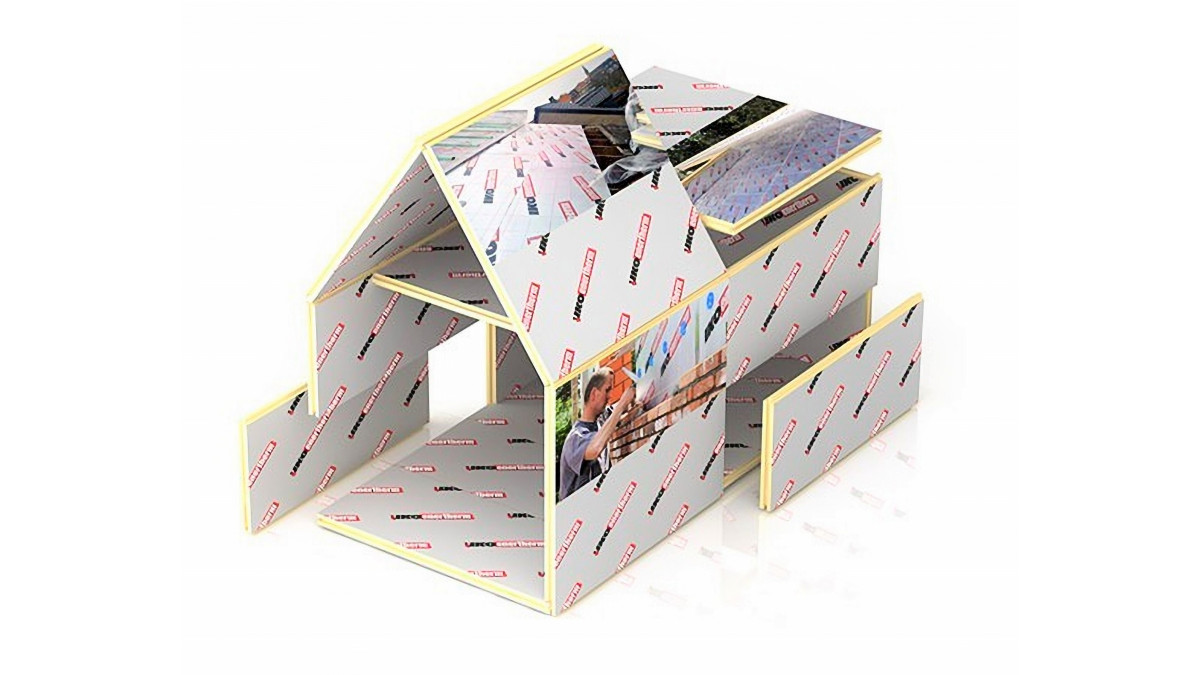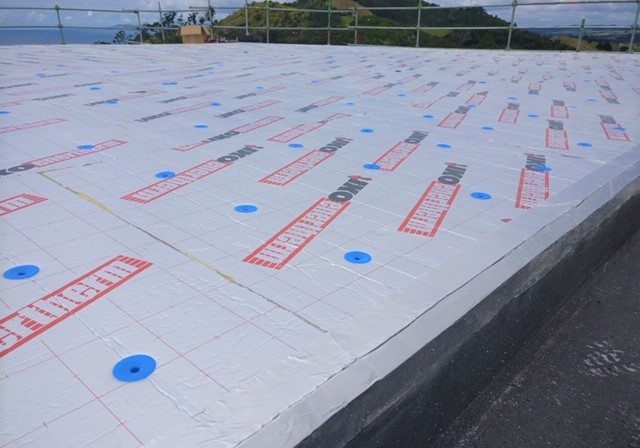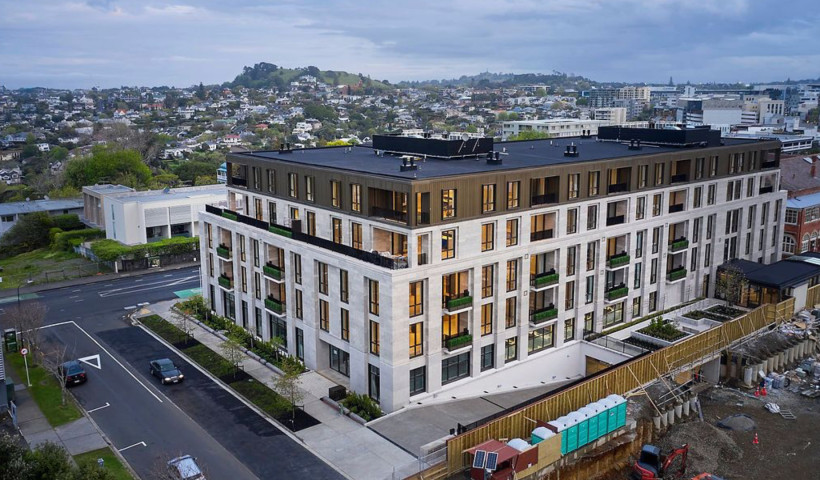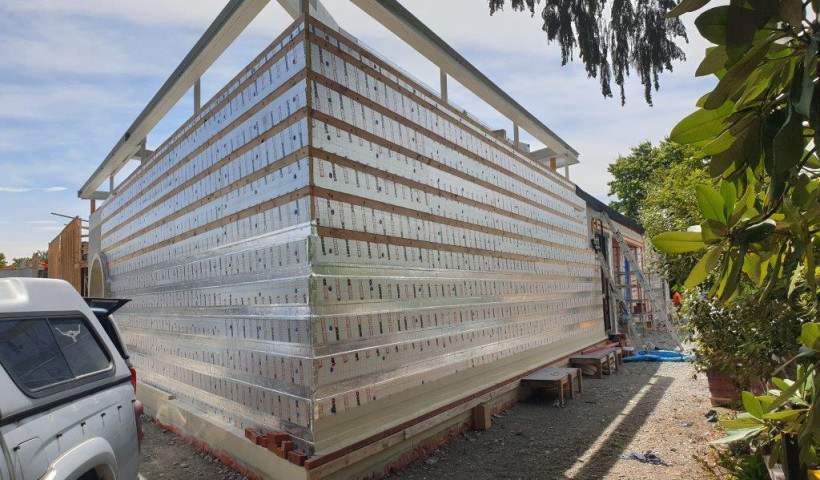New Zealand’s insulation requirements are considered low in comparison to various countries around the world. Even those with similar climates such as England have a higher R-value required for a building to be deemed liveable.
The table below reflects the standard R values in the UK in 2013 and in NZ currently:
| Area | UK (2013) | NZ Climate Zones 1 & 2 | NZ Climate Zone 3 |
|---|---|---|---|
| Roof | R 4.0 | R 2.9 | R 3.3 |
| Walls | R 9.1 | R 1.9 | R 2.0 |
| Floor | R 7.7 | R 1.3 | R 1.3 |
| Windows | R 0.8 | R 0.26 | R 0.26 |
NZ's weather and humidity can change drastically during the year. This means building solutions require extra consideration in terms of the thermal performance of insulation. A large number of properties built today waste energy due to thermal bridging, air flow, insulation gaps and poor performing insulation products. Moisture also continues to accumulate in building elements due to insufficient moisture control.
For the last 15 years Nuralite has been an advocate of the Nuratherm Warm Roof. The system sees Enertherm PIR insulation boards placed on top of the structure, rather than in between the rafters (as often seen in traditional lofted insulation design).
The Nuratherm system places the insulation outside of the structure to provide a continuous R-value throughout the roof cavity and ensure there are no thermal breaks. The Enertherm PIR board essentially becomes ‘outsulation’ for the structure — regulating building temperature, eliminating condensation and mitigating moisture within the roof space.
Expanding on this concept of the Nuratherm Warm Roof, Nuralite has launched Outright Continuous Insulation. Using high-performance Enertherm PIR boards in various applications, Nuralite is now aiming to encapsulate the entire structure.
Outright Continuous Insulation can be used in various applications including walls, floors, ceilings and basements. The Enertherm PIR boards can be placed outside the structure of the entire building envelope in a similar fashion to the existing Nuratherm Warm Roof.
High-performance insulation for homes, offices and other buildings is an immediate and efficient solution for improving occupant comfort and saving on energy costs. Good insulation also makes a positive contribution to the environment as it lowers energy consumption, thereby reducing CO2 emissions, which are responsible for global warming.













 New Products
New Products

















 Popular Products from Outright Continuous Insulation
Popular Products from Outright Continuous Insulation

 Most Popular
Most Popular


 Popular Blog Posts
Popular Blog Posts
